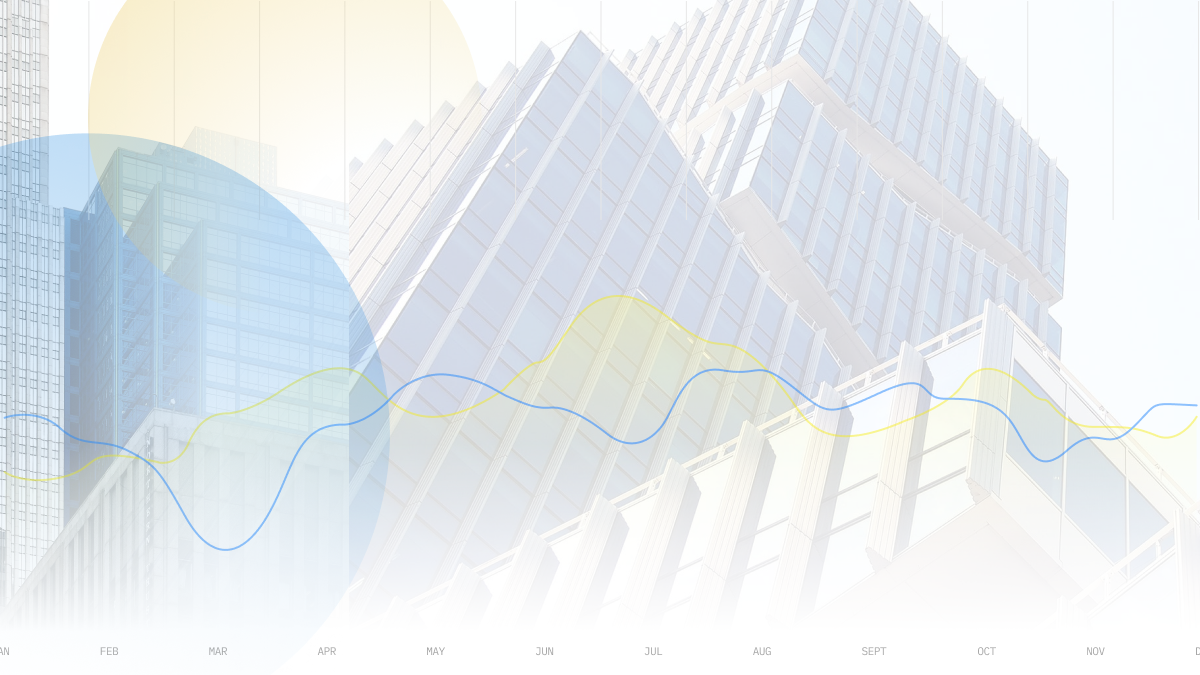




Inflation Update: Green light for easing
 DOWNLOAD
DOWNLOAD

December Economic Update: One for them, one for us
 DOWNLOAD
DOWNLOAD

Philippines Trade Update: Trade trajectories trend along
 DOWNLOAD
DOWNLOAD



UPDATE 1-China banking sector’s bad loan ratio rises as pandemic impact persists
Adds quotes, details
BEIJING, Oct 21 (Reuters) – China’s banking sector saw its bad loan ratio rise to 1.87% at end-September versus 1.86% three months earlier as the impact of the COVID-19 pandemic lingered, the sector’s regulator said on Thursday.
The expiration of loan payment relief policies, put in place last year to help companies in the early days of the health crisis, also contributed to the increase.
Outstanding non-performing loans in the banking sector stood at 3.6 trillion yuan ($562.63 billion), Wang Chaodi, head of the general office of the China Banking and Insurance Regulatory Commission (CBIRC), told reporters in Beijing.
Chinese banks “still face relatively big pressure to see non-performing assets rebound and continue to be exposed to potential risks,” said Wang.
“Banks and insurers have been continuously growing their capabilities to prevent risks, which are overall controllable,” he added.
Analysts have long believeed non-performing loans in China are much higher than officially reported, and recent signs that economic growth is faltering could add to strains on companies with high debt levels, particularly property developers.nL1N2RE03R
The CBIRC would continue to urge banks to meet the regulatory requirements to steadily shrink the size of property development loans and personal mortgages while providing enough financial support for first-time home buyers, said Liu Zhongrui, an official at the statistics department of the regulator.
The problems of debt-laden developer China Evergrande Group 3333.HK would not impact the entire property sector or the credibility of Chinese companies as the country’s economic growth remains stable and upward, Liu added.
($1 = 6.3985 Chinese yuan renminbi)
(Reporting by Tina Qiao and Ryan Woo in Beijing, writing by Zhang Yan; Editing by Kim Coghill)
This article originally appeared on reuters.com





 By Reuters
By Reuters